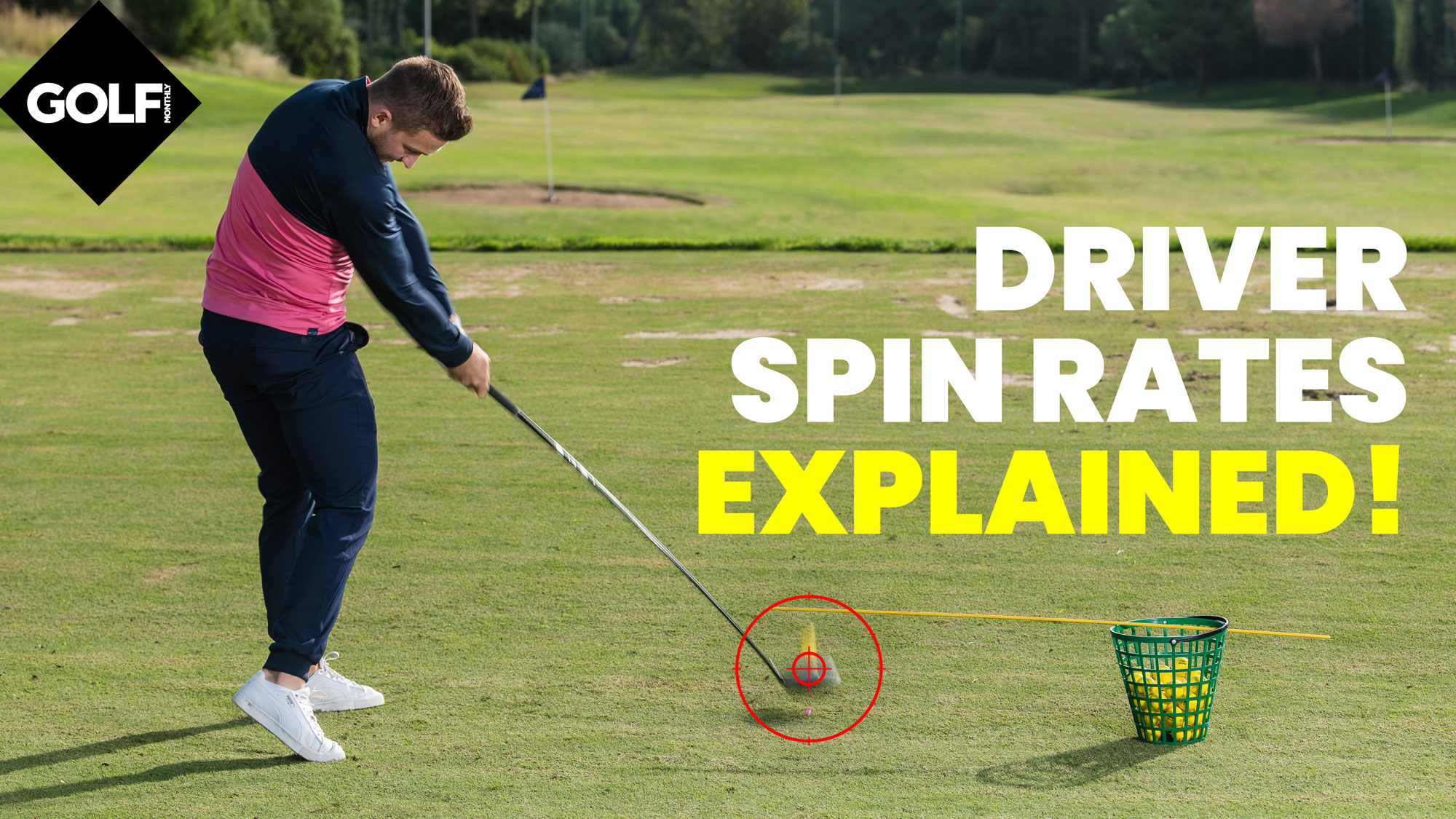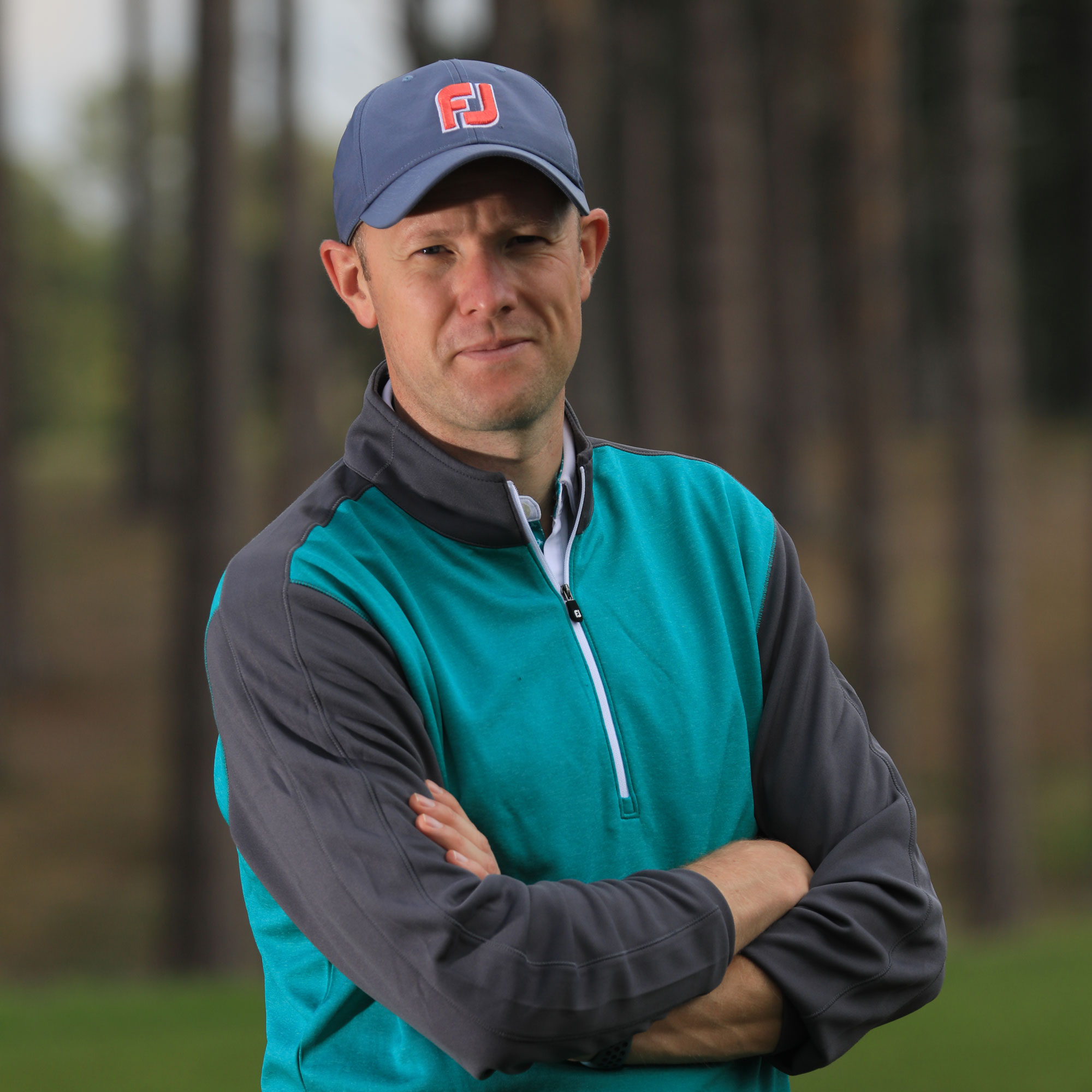How Much is Too Much? Driver Spin Rates Explained!
In this driver spin rates explained article, Neil Tappin explains some of the interrelated factors that determine spin at impact


If you’ve ever been for a golf club fitting, you’ll have an appreciation for just how technical the process is. Although golfers don’t have to get bogged down with all the different data, it can be useful to know a little more about the numbers. In the video below, we explain the relevance of driver spin rates. If you get it right for your game and figure out how to avoid creating too much spin with your driver, you should find yourself hitting the ball further and straighter.
First and foremost, there’s no one size fits all to driver spin rates and for how to hit a driver, because everyone delivers the club differently to the ball. However, as a very general rule of thumb, you’re probably looking for something in the region of 2,000 to 3,500rpm, but this depends on a number of factors, which we explain below.
Before doing so, let’s consider what happens if your spin rate isn’t right? If you create too much spin at impact, the ball tends to start off low, before ballooning up into the sky. Conversely, if you don’t generate enough spin, the ball will have a tendency to just drop out of the air. In both cases, carry and total distance will be short of where it could be. So, finding the best golf driver that offers right spin for you off the tee is one of the keys to hitting it further. However, there are some interrelated factors at play here.
WHAT IS SPIN LOFT?
At the heart of all of this lies something called spin loft. It is a metric offered by Trackman and this excellent video on the Trackman website explains perfectly how it works.
Essentially, it revolves around way the club is working through impact. For most amateur golfers with driver, the club reaches the ball on a slightly downward angle of attack – or perhaps level. It’s the difference between the loft on the club when you strike the ball and the angle at which the club is attacking the ball that will create spin. Another factor here is the relationship between your face and the path of the club (in-to-out or out-to-in). The greater the disparity in these angles, the more spin you’ll create.
If you’re finding it hard to make sense of this, think about hitting a slice forehand in tennis, with the racquet coming down from a steep angle (and outside the line of the ball) with lots of loft on it. It’s going to create more spin than if the racquet was coming in with a flatter angle and less loft on it.
In golf, what you’re really trying to do is marry up these two angles as well as you can. In an ideal world, golfers would have an upward angle of attack with a bit less loft that would reduce the amount of spin. This is why you’ll hear fitters talk about the importance of finding high launch and low spin - it's how launch angle and power are linked. Part of this is down to the way in which your driver is set up, and part of it is down to your technique as a golfer.
Get the Golf Monthly Newsletter
Subscribe to the Golf Monthly newsletter to stay up to date with all the latest tour news, equipment news, reviews, head-to-heads and buyer’s guides from our team of experienced experts.

CLUBHEAD SPEED AND STRIKE
The other really important factor to talk about is clubhead speed. The faster you swing the club, the more likely you are to create more spin. Again, think about tennis, Rafael Nadal hitting huge top spins. If you were hitting a top spin forehand, you’re going to create more top spin if you swing the racquet harder than if you do it just gently.
Another factor that has a big impact to play on spin rates is strike location, so it's worth considering how high to tee your driver. Most golfers will know what it feels like to hit the ball slightly towards the top of the face and create that low spin ball flight. Conversely, we all know what it feels like to hit one right out of the bottom with a fairway wood – the ball just balloons.
As you can see, this can quickly get complicated and it underlines the important roll of a good fitter. Finding the best driver for your game is about marrying up the set up of the club to way you deliver it to the ball to maximise both your distance and accuracy. Another interesting blog well worth examining is from PING. This article looks at the relationship between speed and angle of attack. It illustrates how, depending on your speed and angle of attack, the ideal spin rate to maximise distance can vary greatly.
Other factors come into play, too, such as the type of driver shaft and the weight profile within the head that you’ve chosen. It just goes to prove how important a custom fitting is and how a trained fitter can help to really dial your clubs in to suit you. Get your driver spin rates right, and you’ll most likely hit the ball further, and with greater accuracy.

In July 2023, Neil became just the 9th editor in Golf Monthly's 112-year history. Originally working with the best coaches in the UK to produce instruction content, he has also presented many Golf Monthly videos looking at all areas of the game from Tour player interviews to the rules of golf.
Throughout his time with the brand he has also covered equipment launches that date back well over a decade. He clearly remembers the launch of the Callaway and Nike square drivers as well as the white TaylorMade driver families, such as the RocketBallz! If you take a look at the Golf Monthly YouTube channel, you'll see his equipment videos dating back over a decade! He has also conducted 'What's In The Bag' interviews with many of the game's best players like Rory McIlroy, Dustin Johnson and Jon Rahm. Over the years, Neil has tested a vast array of products in each category and at drastically different price-points.
Neil is currently playing: Driver: TaylorMade Stealth Plus Fairway Wood: Titleist TSR2 Hybrid: Titleist TS3 Irons: PING Blueprint S (4&5), PING Blueprint T (6-PW) Wedges: Titleist Vokey SM7 50˚, 54˚, 60˚ Putter: Odyssey Triple Track Ten Ball: Titleist Pro V1X
-
 JM Eagle LA Championship Prize Money Payout 2025
JM Eagle LA Championship Prize Money Payout 2025The LPGA Tour heads to California for the JM Eagle LA Championship, where the largest prize money payout of the season so far is on the table
By Mike Hall
-
 Corales Puntacana Championship Prize Money Payout 2025
Corales Puntacana Championship Prize Money Payout 2025The PGA Tour’s latest opposite field event features an attractive prize money payout and some former champions in the field
By Mike Hall